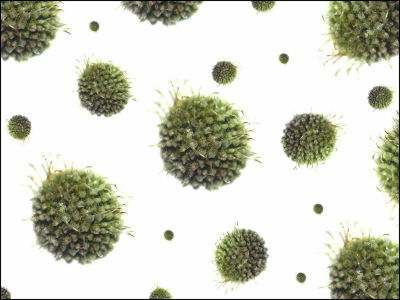Researchers are developing technologies capable of detecting "food that may cause food poisoning" on smartphones

byMonstruo Estudio
In order to detect bacteria that cause food poisoning such as Escherichia coli and Salmonella, it is usually necessary to take DNA analysis with time using special equipment in laboratories. However, by using smartphones and attachments, researchers are developing technologies that enable ordinary people to easily detect a small number of bacteria.
Scientists Develop Smartphone App To Prevent Food Poisoning | New England Public Radio
http://nepr.net/post/scientists-develop-smartphone-app-prevent-food-poisoning
Soon your phone will be able to detect food poisoning
https://www.fastcompany.com/40534785/soon-your-phone-will-be-able-to-detect-food-poisoning
Currently, DNA appraisal is used by researchers to identify bacteria. At this time, researchers trying to detect bacteria need to collect a small amount of bacteria from the raw spinach and chicken epidermis, and to work to amplify the bacteria over 24 hours until a sufficient number is obtained as a sample . These tasks require special equipment and time, but Lynne McLandsborough Mr. Mr. Lynne McLandsborough, Massachusetts University Amherst School has developed a tool that allows ordinary people to easily detect bacteria did.
McLandsborough says, "Even if only a small number of bacteria are present, they cause disease, so we needed to be able to detect a small number of bacteria."
Mr. McLandsborough and his colleague Lili He made it possible to detect bacteria with a smartphone and a microscope attachment of $ 30 (about 3200 yen). For detection, use a chip coated with a chemical substance, attaching this chip to water for about 30 minutes will bind the molecule to the bacteria and even a small number of bacteria will be detected.
The woman on the left is Mr. McLandsborough, the woman on the right is Mr. He.

After that, if you attach a clip type microscope to the camera of the smartphone, you can see the bacteria on the chip. The following picture shows that the microscope is attached to the iPhone 7.

In the demonstration, the detection result was shown in the following form. On the left side is the chip where Salmonella was detected, the right side is the chip without Salmonella.

Researchers are aiming for commercialization, and we believe that tools will be useful in securing drinking water in the event of a disaster and for safety management in the home kitchen. However, although research results have been announced, there have been contacts from several food processing companies, but it is expected that it will take several years before actual commercialization. Although it has become possible to see bacteria using smartphones, it has not been possible for ordinary people to be able to identify what the bacteria are. As a next task, the research team is developing a method to identify the type of bacteria.
Related Posts:







